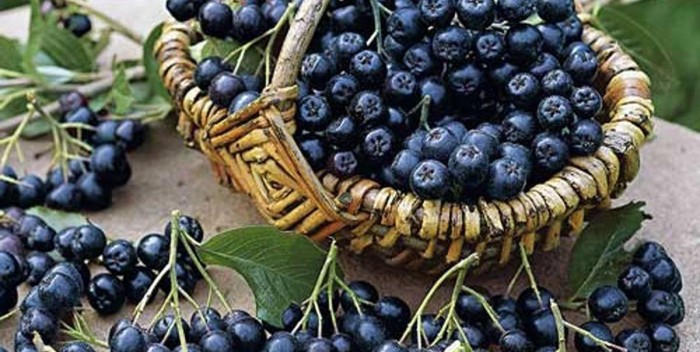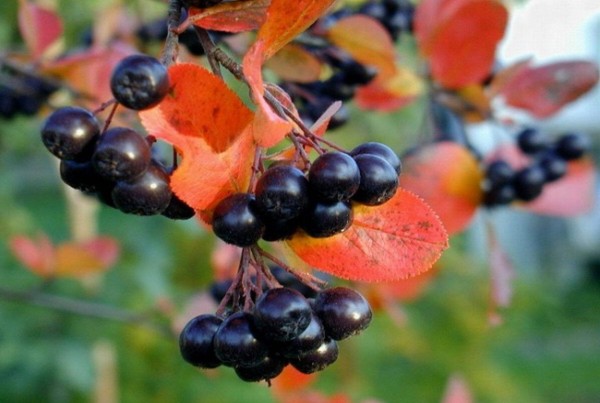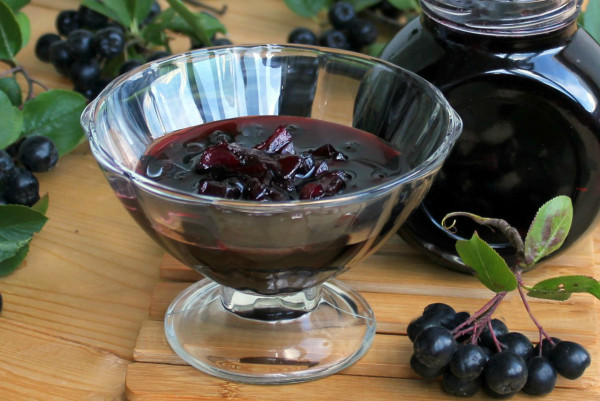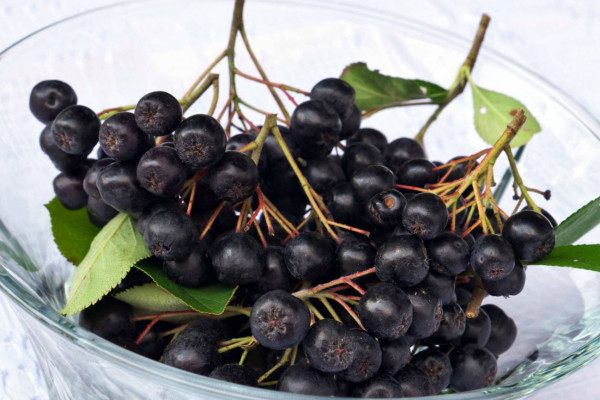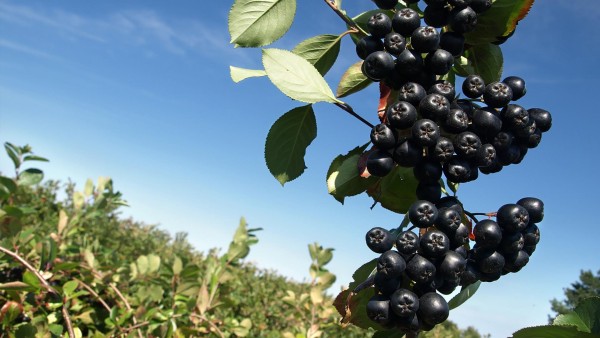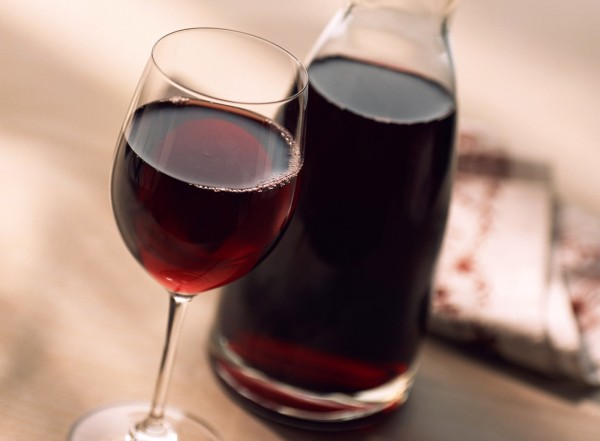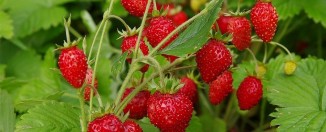Chokeberry: benefits, harms, contraindications, wine recipe
Chokeberry, or Aronia, is used mostly for decorative purposes. It is planted in parks, at schools, in recreation areas. Its berries are edible, have a pleasant sweetish-tart taste. She came to us from North America at the end of the 7th, beginning of the 8th century.
The benefits of chokeberry
Chokeberry is not just a beautiful shrub with sweet berries. It has a lot of useful properties and is widely used in folk medicine. I make literally everything from it: jam, syrups, jams, dried berries for further use. This type of mountain ash has a high iodine content, and it helps with diseases of the endocrine system.
Chokeberry products can be used as an additional treatment for diseases such as:
- typhoid;
- scarlet fever;
- rheumatism.
Among other things, this berry:
- relieves symptoms of allergic reactions;
- helps with blood clotting disorders;
- chokeberry is advised to be consumed by pregnant women - it helps well to strengthen the immunity of both mothers and babies, and also contribute to the healthy development of the embryo;
- blackberry berries can be used as an antispasmodic;
- they are able to have a vasodilating effect, stop blood;
- Afronia berries help to cope with immunodeficiency, improve the work of the circulatory system, help to normalize the work of the gastrointestinal tract;
- are a good diuretic;
- used as a biliary excretion.
Doctors recommend mountain ash for radiation exposure, oncology.
So why is black chokeberry so useful, and why is the range of its applications so wide? The explanation is quite simple. It's all about its unique composition. The berries of Aronia contain almost all the vitamins that a person needs:
- Kerotine, manganese, vitamins B, A, C, phosphorus.
- Various trace elements, including high iodine, boron, molybdenum.
- Salt acid, pectin.
- Anthocyanin.
Chokeberry harm
Sometimes people think that since the berry is useful, then there will be no harm from it. However, this is completely wrong. Used uncontrolled, it can do more harm than good. It is worth paying close attention to which berries you eat. They may be underripe. Or, on the contrary, overripe. Some may deteriorate, wrinkle or rot. Such a product must be immediately taken away and thrown away. Berries of a dark color, tough to the touch and with a shiny skin are suitable for eating.
Chokeberry contains a large amount of acid, so people suffering from high acidity should not eat it.
Chokeberry contraindications
Every medal has a downside. So it is with chokeberry. Despite all the help that it can bring to the body, the damage from it is also not small. Therefore, before leaning on berries, you should familiarize yourself with the contraindications. Or consult a doctor if you have concerns.
To avoid trouble, remember that people suffering from the following diseases must either give up the use of mountain ash, or reduce to a minimum:
- high and low blood pressure;
- gastric diseases such as ulcers and gastritis;
- thrombosis;
- varicose veins.
Chokeberry wine
Aronia berries make excellent tinctures, liqueurs and very tasty wine.
Blackberry wine is ruby-colored, with a tart taste. Very often winemakers mix berry juice with another juice to make the wine taste softer.
The main and most difficult process is getting juice. To squeeze out a sufficient amount without much loss and with a minimum investment of time, there are several ways:
- squeezing juice in a standard way (using a press, sieve, juicer);
- obtaining juice by fermenting the pulp;
- application of Cahors technology.
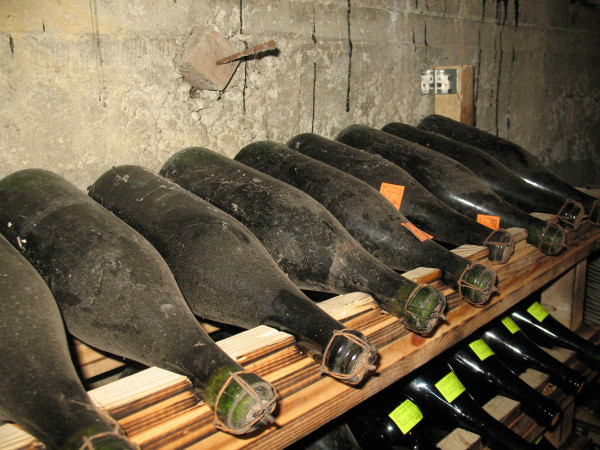
Ripe, fresh berries are required to make wine. Aronia fully matures towards the end of September.
To make black chokeberry wine, you will need:
- the berries themselves (peeled of stalks and debris, if any) ten kilograms;
- sugar about five kilograms;
- raisins (do not wash) one hundred grams;
- two liters of water.
- Prepare a container for the berries in advance. Transfer the fruits well using the means at hand. Place in prepared container.
- Pour in one and a half kilograms of sugar. Stir and add raisins. It will help start fermentation and is used as an alternative to yeast. Stir again.
- Cover the prepared container with gauze and place in a warm place. Every day during the fermentation period, stir the pulp and beat off the foam that forms on top.
- After the termination of the fermentation process of berries, squeeze the juice out of them. To do this, use a press, drushlag, thick cloth. What do you like more.
- Pour the juice into a prepared container. Leave it half empty. Close it with a water seal. If not available, you can use ordinary medical rubber gloves. Just pierce a few fingers with a needle.
- Add sugar to the pulp that you have left, about two or two and a half kilograms and fill it with warm water no higher than thirty degrees. Stir, cover with gauze again and leave for a week. Remember to stir. After a week has passed, separate the juice again and add it to the first drained "wine". Leave it to ferment under a water seal.
- After another week, pour off half a liter and stir with a kilogram of sugar. Add the resulting syrup to the fermenting wine.
Then the wine ferments for another two months, sometimes a little less. During this period, it is necessary to separate it from the sediment. This is done using an ordinary tube. The drained wine is poured into bottles (clean and dry), a water seal is put on them, then placed in a cool room (not less than eight, not more than fifteen degrees). There wine ferments for another six months. If during this period a sediment forms in the wine, it must be removed.
Already finished wine is poured into bottles and closes well. Store it in a cool place, such as a basement. The shelf life of such wine is up to five years. In terms of strength, it turns out to be about twelve degrees.
